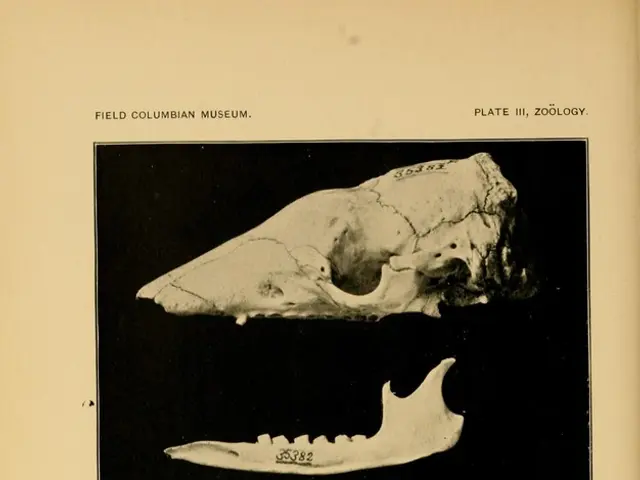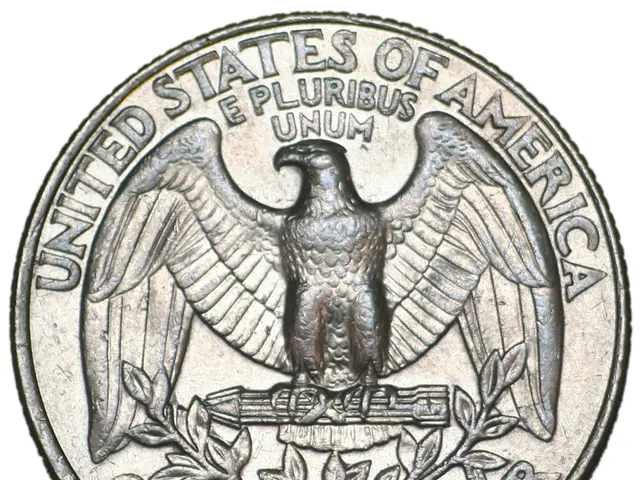3 medicalissues that drain your testosterone levels
The Declining Testosterone Levels in Men
Research from the Cleveland Clinic reveals a consistent and long-term decline in testosterone levels among men. This decrease in testosterone has been an ongoing trend for several decades, with the testosterone levels of a 45, 55, or 65-year-old man today being lower than those of a man of the same age in 2010, which were themselves lower than those of a man of the same age in 2000.
Several factors contribute to this pronounced drop in testosterone, with issues in one area of health often leading to complications in the endocrine system, the central hub for hormonal health. The three key contributors to this phenomenon are:
- Type 2 Diabetes: Testosterone plays a crucial role in the body's ability to take up blood sugar in response to insulin. Men with low testosterone levels are significantly more prone to developing insulin resistance, necessitating their bodies to produce more insulin to maintain normal blood sugar levels. According to the American Diabetes Association, men with Type 2 diabetes are twice as likely to suffer from low testosterone.
- Liver Problems: Non-alcoholic fatty liver disease (NAFLD) is characterized by an excessive buildup of triglycerides in the liver. Studies have demonstrated that men with NAFLD have reduced total testosterone. Untreated, NAFLD can progress to nonalcoholic steatohepatitis (NASH) and potentially cirrhosis, with 75% to 90% of affected individuals experiencing significantly lower testosterone levels.
- Obesity: Obesity is a leading driver of low testosterone levels. One study found that 30% of overweight men had low testosterone, compared to just 6% of those within a healthy weight range. Estrogen dominance, where synthetic estrogens impair hormonal balance and can cause problems for both men and women, can contribute to weight gain and low testosterone in men.
While it appears that men's testosterone levels are under attack, there are steps individuals can take to combat the issue. The first step is to avoid falling victim to any of these three health problems. Adopting a healthy lifestyle through exercise, a balanced diet, and stress management can help improve health overall and boost testosterone levels. Additionally, managing exposure to synthetic estrogens, which are prevalent in the modern environment, is essential.
One solution for this issue is Di-Indole Methane (DIM), a compound found in cruciferous vegetables like broccoli, cauliflower, and cabbage. DIM stimulates the breakdown of estrogen into beneficial metabolites, potentially helping to lower estrogen levels in the body. However, consuming the necessary amount of DIM from vegetables alone would require a substantial intake, making supplementation a more practical option.
Sources:- Why Are Testosterone Levels Decreasing? - Cleveland Clinic- Low Testosterone - American Diabetes Association- 8 Major Factors That Cause Low Testosterone Levels - Men's Health- Low Testosterone (Male Hypogonadism) - Cleveland Clinic- Testosterone in men with advanced liver disease: Abnormalities and implications - Wiley Online Library- Low Testosterone (Male Hypogonadism) - NIH- Relevance of low testosterone to non-alcoholic fatty liver disease - NIH- Low Testosterone and Your Health - WebMD- Responses of sex steroid hormones to different intensities of exercise in endurance athletes - The Physiological Society- Endocrinological Roles for Testosterone in Resistance Exercise Responses and Adaptations - NIH- Testosterone-Associated Dietary Pattern Predicts Low T and Hypogonadism - MDPI- Manipulation of Dietary Intake on Changes in Circulating Testosterone Concentrations - MDPI- Low-fat diets and testosterone in men: Systematic review and meta-analysis of intervention studies - Science Direct- Stress, cortisol, and other appetite-related hormones: Prospective prediction of 6-month changes in food cravings and weight - Wiley Online Journal
- The decline in testosterone levels among men is linked to the rise of chronic diseases like Type 2 diabetes, non-alcoholic fatty liver disease (NAFLD), and obesity, as detailed in research from the Cleveland Clinic and various health and wellness sources.
- Low testosterone levels are more prevalent among men with Type 2 diabetes, according to the American Diabetes Association, due to testosterone's role in the body's ability to respond to insulin.
- Men with NAFLD, a liver condition characterized by an excessive buildup of triglycerides, have shown reduced total testosterone levels, as revealed in studies published on the Wiley Online Library and NIH.
- Obesity significantly contributes to low testosterone levels in men, as supported by research from Men's Health and various health and wellness sources, due to the role of hormonal imbalances caused by synthetic estrogens. To combat this issue, adopting a health-and-wellness lifestyle, managing exposure to synthetic estrogens, and potentially supplementing with Di-Indole Methane (DIM) can help improve testosterone levels.








